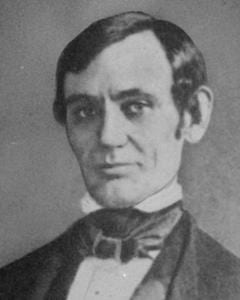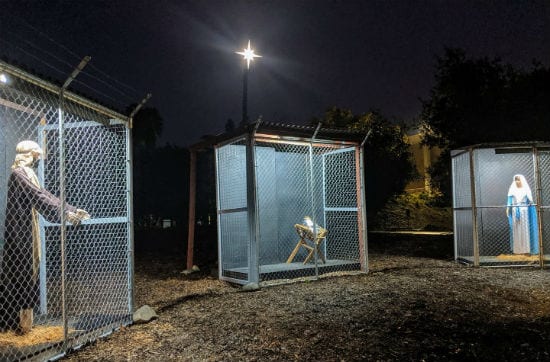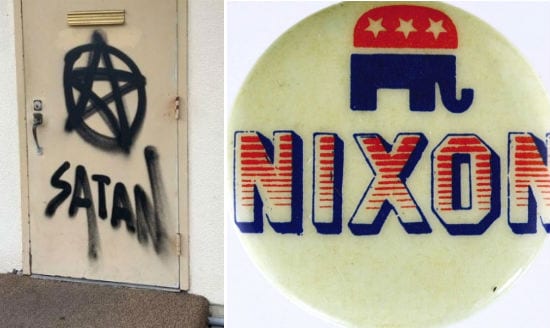Ariana Eunjung Cha continues to report on the cost-effective and, under the circumstances, heroic efforts of ordinary Iraqis in rebuilding their country (see "Half a bridge" earlier).
This time it's a cement factory. One of the reasons President Bush's $87 billion (for now) pricetag for rebuilding Iraq is so high is that that country has a shortage of cement:
When American aid experts drew up a list of priorities for reconstruction they included power plants, water-treatment systems, schools, clinics and bridges. But it was not long before they realized they lacked an essential base material: cement.
… The interim government was forced to begin importing hundreds of thousands of tons of the building material at great cost. Foreign cement now costs up to $150 a ton, while local cement is $60 a ton. Before the war, cement was $13 a ton.
Repairing and rebuilding a damaged cement factory in Sinjar was thus a high priority:
A team of Army engineers came in June and July to identify what it would take to bring the facility to full production. They concluded that practically everything had to be overhauled. They proposed bringing in new parts from Germany and Romania, as well as heavy equipment to work the limestone quarry: four bulldozers, 20 dump trucks, five excavators, four forklifts and a crane at a total cost of $14 million. Nineteen electrical motors and other machinery for the production lines would cost $5.5 million. A laboratory for testing raw materials would cost $100,000. And so on. The final bill: $23 million.
That method does not directly involve and employ Iraqis, and much of the $23 million invested goes to benefit contractors from everywhere in the world except Iraq. It also takes a long time:
The assessment was sent to the local CPA office, which in turn sent it to Baghdad for authorization. It is still in the process.
Here's the alternative:
The Iraqis had more modest ambitions — they just wanted to get the factory running again, even at minimal capacity. With the help of $10,000 from the U.S. military, and $240,000 left over in factory bank accounts, they used scrap electronics, tore up one production line to get parts for the other, and fixed the plant in three months. It was not the state-of-the-art facility that the Americans envisioned, but it got the job done.
The CPA seems determined to rebuild Iraq into a kind of EPCOT Center — "a shining showcase for the best in modern technology" in Cha's phrase. That lofty goal is a distraction from the central task in Iraq.
The people of Iraq do not need a Disneyfied showcase "prototypical community of tomorrow." They need jobs that will engage as many of them as possible in rebuilding their own country. After decades of living as tenants in a land built and owned by Saddam Hussein, they do not need now to become tenants in a land built for them by the CPA.
EPCOT may be impressive in its own way, but it is not a democracy. The goal should be to make the Iraqi people feel like sovereigns in their own nation, not like visitors in a themepark.
(NOTE: After reading this article in The New York Observer, I was even more impressed with Cha's reporting from Iraq.)












